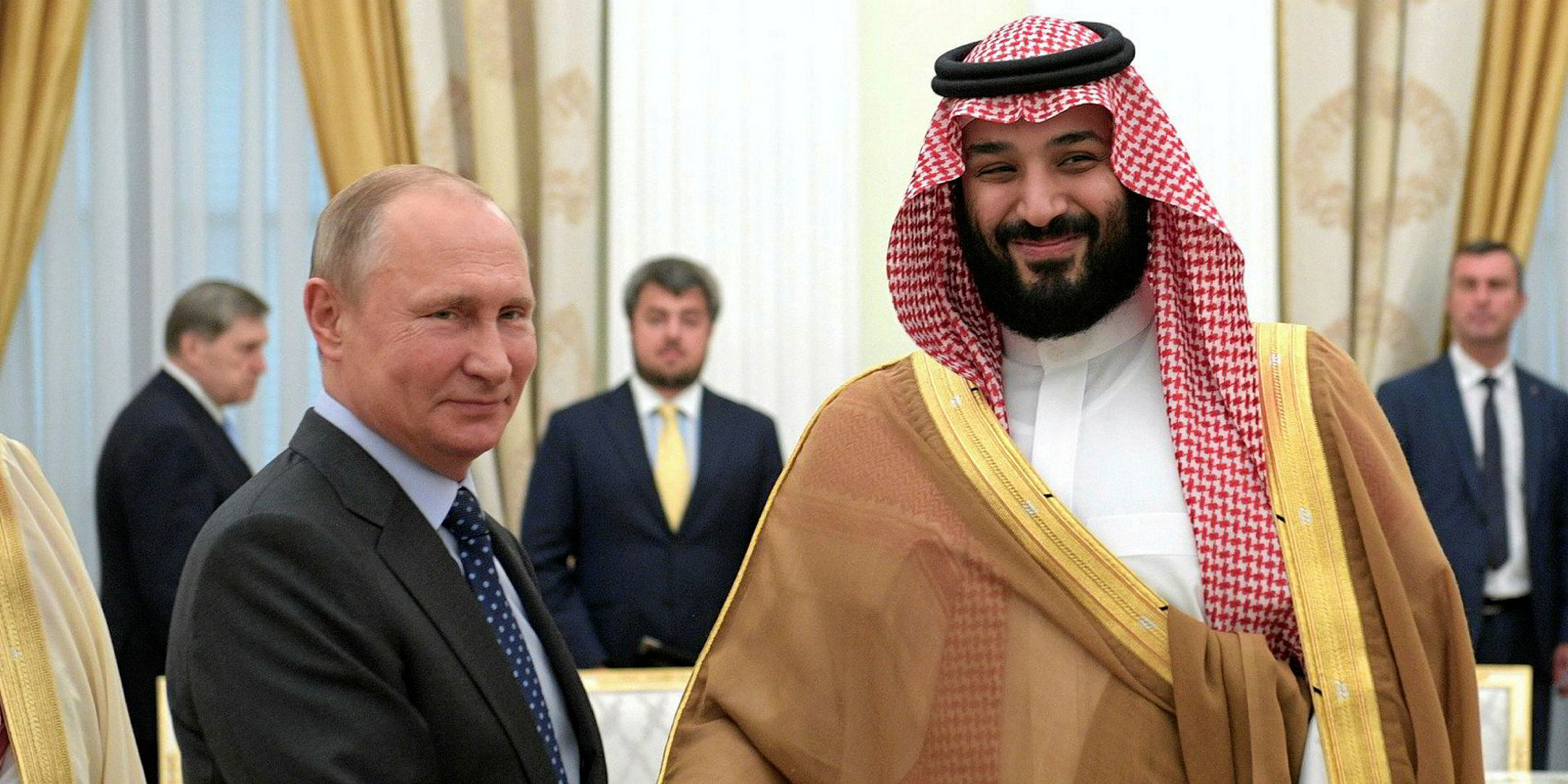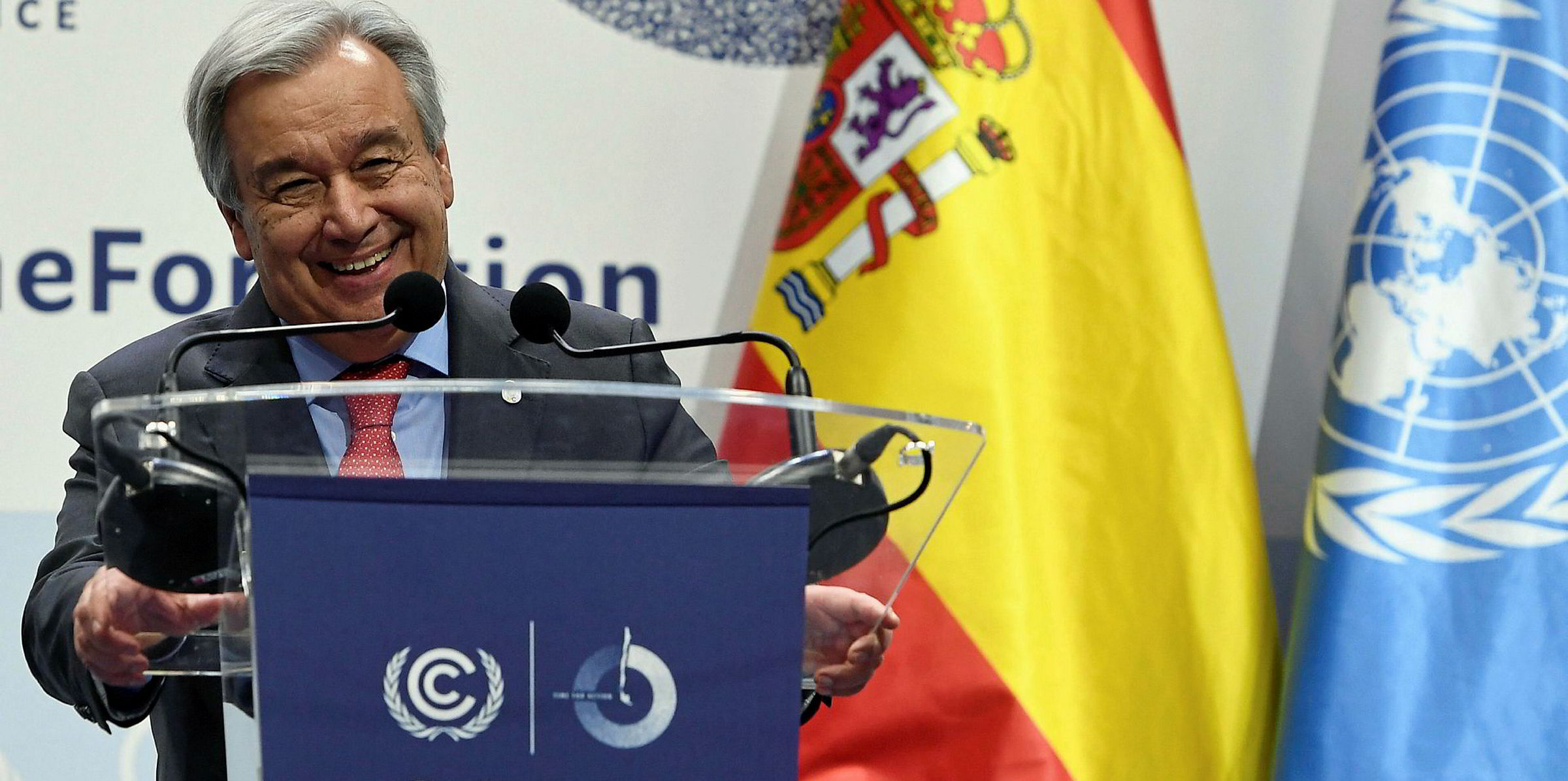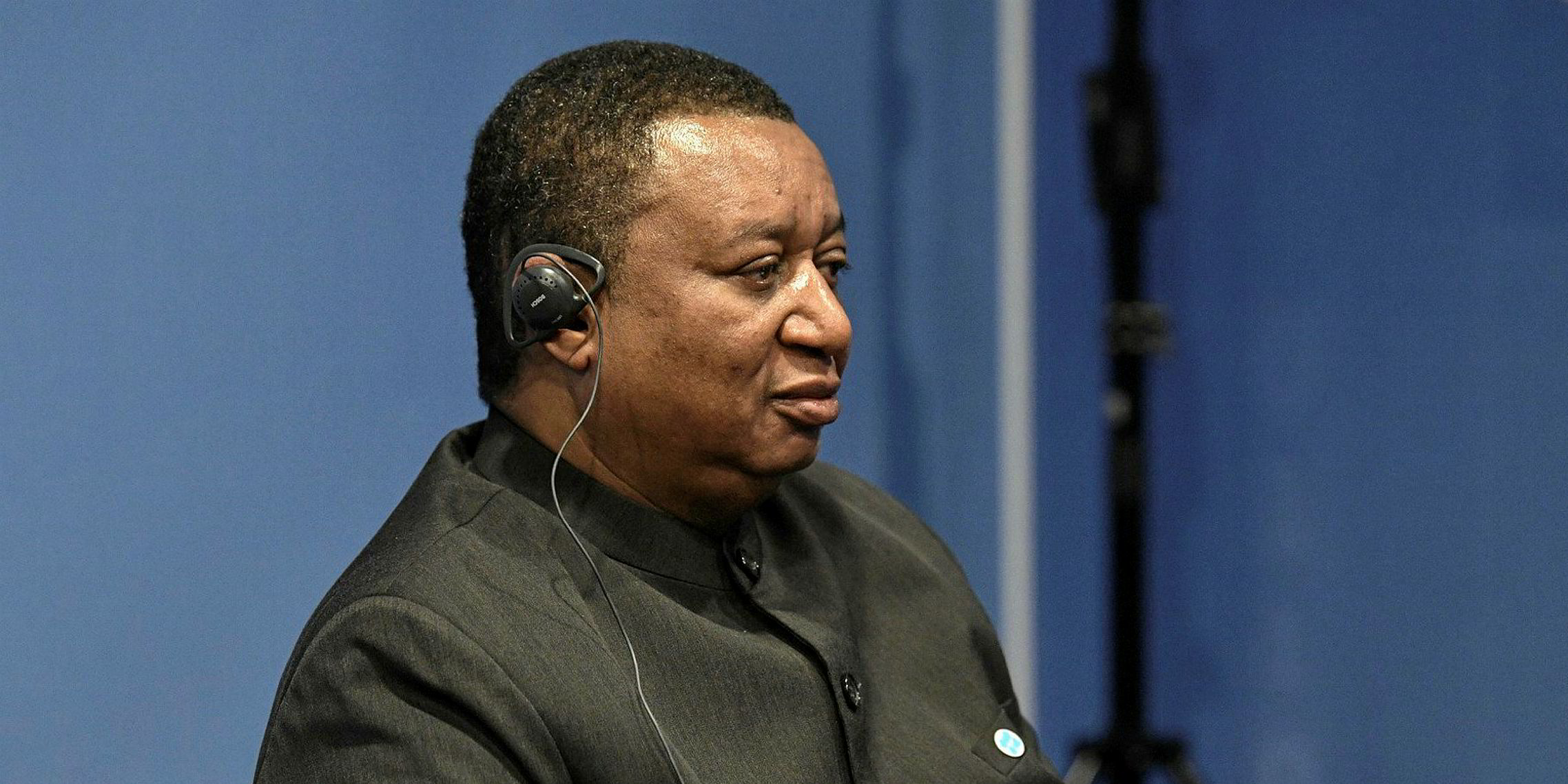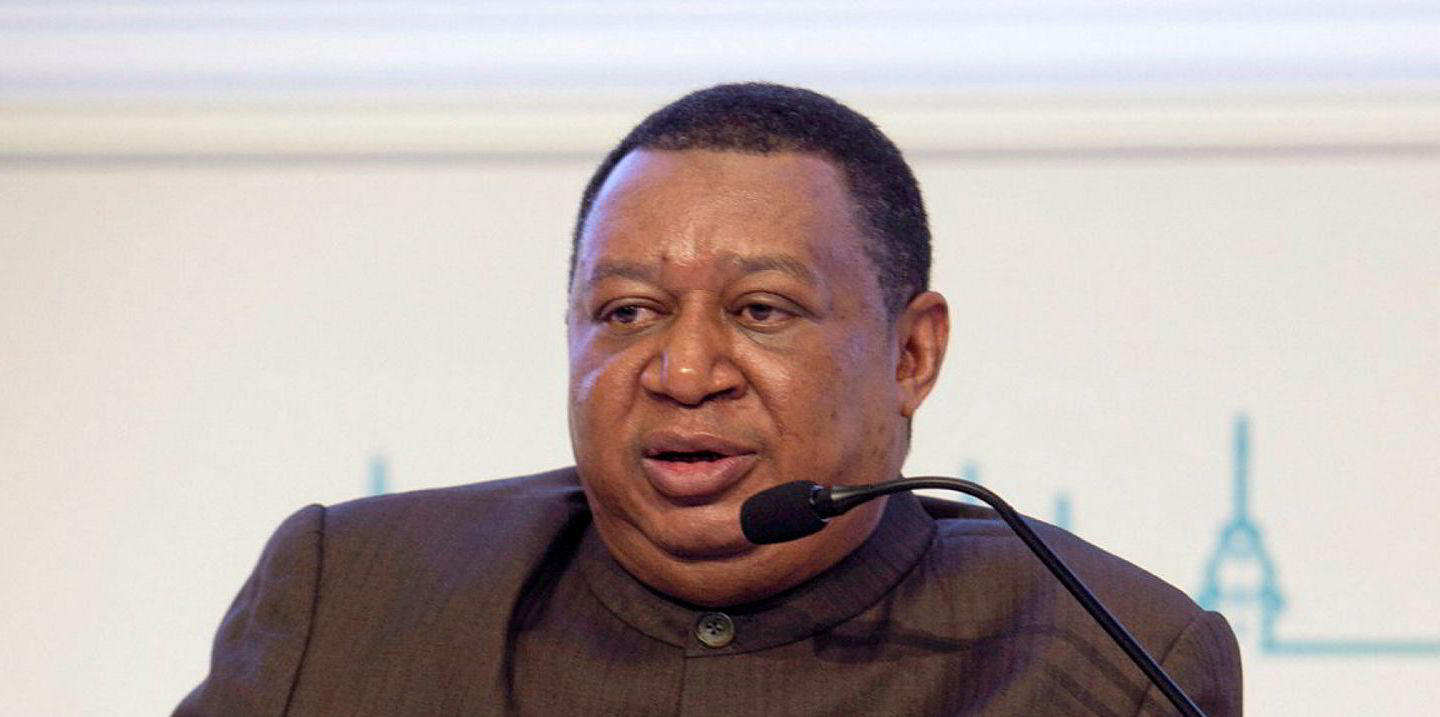Tanker market players suggested a deeper production cut of the Opec and its Russia-led allies should be less worrisome to shipowners than the underlying reason for the reduction: lacklustre oil demand.
Fearing an oversupplied oil market, the 24 leading oil producers, together known as Opec+, agreed to deepen their existing 1.2m barrels per day (bpd) cut by another 500,000 bpd in the first quarter of 2020.
The Opec members will contribute 395,000 bpd to the additional cut, while the non-Opec allies will take on 105,000 bpd, according to media reports.
“The Opec+ cut is essentially to accommodate rising US exports, which offer higher tonne miles. So that in itself is not worrying,” Banchero Costa head of research Ralph Leszczynski told TradeWinds.
“What is worrying is that overall oil demand is disappointing given the slowing global economy. And the fact that there is still no light at the end of the tunnel for the US-China trade war is clearly not helping.”
According to the International Energy Agency, the tariff war could reduce oil demand by 395,000 bpd in 2020 compared with a non-tariff scenario.
“The whole reason why Opec+ is considering cutting more is that non-Opec production is set to grow to the tune of 1.8m bpd to 2.2m bpd next year depending on the source of the forecast, significantly more than projected oil demand growing at 1.2m bpd,” Clarksons Platou Securities said.
The bigger concern for tanker earnings is that oil price may fall sharply due to oversupply, which in turn would force the US shale producers to cut output, according to the brokerage.
“For tankers, every 1m bpd of US exports to the Far East would require 55 VLCCs annually versus 23 VLCCs from the Middle East. Reductions to US volumes would therefore be more material for tankers than from Opec,” Clarksons Platou said.
Saudi Arabia, which has cut more than required under the current agreement, is not expected to reduce its production. But some others, like Iraq and Nigeria, are expected to reduce production by fully complying with their pledged cuts.
“Current compliance with the Opec+ deal on a net basis has been quite high,” said a London-based analyst.
“In October, Opec+ overcut by 400,000 bpd, so a cut of 500,000 bpd is only marginally up on October production levels.”
“A short-term reduction in Opec+ output may reduce overall crude loadings before rising production exports from elsewhere compensates,” said the analyst, who suggested crude flows from the Atlantic basin to Asia should increase.
IMO 2020
Market participants generally expect the looming IMO 2020 sulphur cap will continue to support tanker earnings in the coming months, with floating storage demand and many ships out of service for scrubber retrofits.
“[Many tankers] are being employed to store low-sulphur fuels ahead of the switch, but from next year instead we will likely have a lot of floating storage of high-sulphur fuel oil as traders and refiners try to figure out what to do with it,” said Leszczynski.
“In terms of tankers off the market because they are installing scrubbers, this should peak between the fourth quarter of this year and the first quarter of 2020.”
Clarksons Platou assessed global average VLCC earnings at $64,100 per day, suezmaxes at $54,200 per day and aframaxes at $42,700 per day as of Friday morning, assuming low-sulphur fuel is used.
“Combined with IMO 2020 effects, we don’t see Opec able to significantly rock the boat at this time,” the brokerage said.







